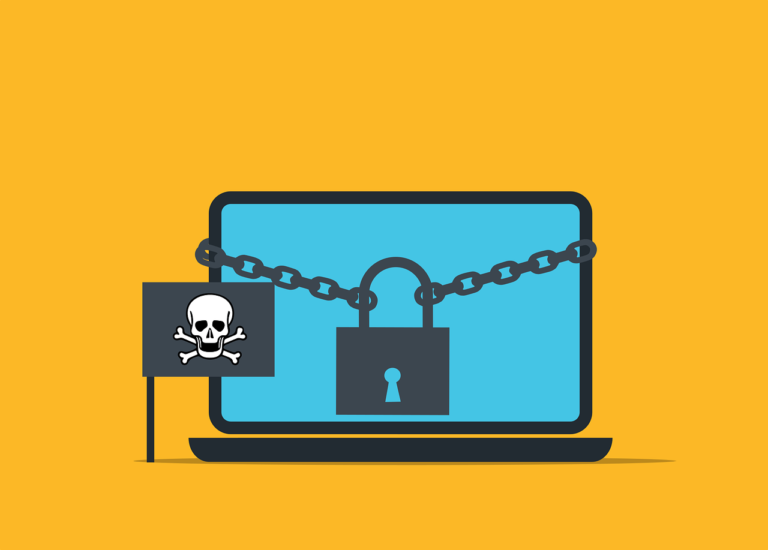WNE Security News
The most important cybersecurity news to stay up to date with
10 Tips on How to Establish a Security Awareness Program

WNE Security Publisher
8/23/2023

Learn about WNE Security Managed Awareness Training Service and how we can help keep your organization cyber safe.
Data loss can strike unexpectedly, whether due to accidental deletion, hardware failure, corruption, or even malicious attacks. Losing important files can be a distressing experience, but in many cases, the data is recoverable with the right tools and techniques. Here, we’ll delve into the methods of data recovery from various electronic devices, including hard drives, SSDs, USB drives, and more, addressing scenarios where data might be lost, corrupted, damaged, encrypted, or inaccessible.
Understanding Data Loss Scenarios
1. Accidental Deletion
When files are deleted from a storage device, they’re often moved to the recycle bin or trash, making them seemingly retrievable. However, even after emptying the recycle bin, the data remains on the drive until overwritten by new files. To recover accidentally deleted files:
- Stop Writing New Data: Avoid saving new files to the affected drive to prevent overwriting the deleted data.
- Use Recovery Software: Utilize reputable data recovery software like Recuva, EaseUS Data Recovery Wizard, or Disk Drill. These tools scan the drive for recoverable data and restore deleted files in many cases.
2. Hardware Failure
Hardware failure can be catastrophic and might require professional intervention. Symptoms include:
- Strange Noises: Clicking, grinding, or buzzing sounds from the drive.
- Drive Not Recognized: The drive not appearing in the system or being inaccessible.
- System Crashes: Frequent system crashes or errors when accessing the drive.
For hardware failure:
- Cease Using the Drive: Immediately stop using the device to prevent further damage.
- Consult Professionals: Seek assistance from data recovery specialists or companies with expertise in handling hardware failures.
3. File Corruption
File corruption often occurs due to sudden power loss, software errors, or malware attacks. Signs of corrupted files include:
- Inability to Open Files: Files refusing to open or displaying errors.
- Unexpected File Behavior: Files appearing garbled or incomplete.
To recover from file corruption:
- Use File Repair Tools: Some software like File Repair, Stellar File Repair, or built-in repair features in specific applications can help repair corrupted files.
- Restore from Backups: If available, restore the affected files from a previous backup.
4. Data Damage
Physical damage to devices requires careful handling:
- Avoid Further Damage: Do not attempt to power on or repair physically damaged devices yourself.
- Consult Experts: Professional data recovery services can help salvage data from physically damaged devices using specialized tools and cleanroom facilities.
5. Encryption or Inaccessibility
Encrypted or password-protected data presents unique challenges:
- Have Correct Credentials: Ensure you have the correct passwords or decryption keys.
- Specialized Software or Services: Utilize specialized software or seek assistance from experts to decrypt and access the data.
Steps to Recover Data
1. Stop Using the Drive
Ceasing the use of the affected device prevents further damage and increases the chances of successful data recovery.
2. Determine the Type of Data Loss
Understanding the nature of the data loss helps in choosing the appropriate recovery method and tools.
3. Utilize Data Recovery Software
Reputable data recovery software scans the drive, locates recoverable data, and assists in restoring lost or deleted files.
4. Seek Professional Assistance
Professional data recovery services have the expertise and tools required to handle severe data loss situations, including hardware failures or physical damage.
5. Decrypting Encrypted Data
Having the correct credentials or seeking expert assistance is crucial for decrypting encrypted data and gaining access to it.
Precautions and Tips
- Regular Backups: Schedule regular backups to prevent complete data loss in case of unexpected events.
- Avoid Unreliable Software: Use trusted and reputable recovery software to avoid further damage to the affected drive.
- Handle Damaged Devices Carefully: Avoid mishandling physically damaged devices to prevent exacerbating the situation.
- Consult Experts: When in doubt, consult data recovery professionals for guidance and assistance.
Conclusion
Data recovery from various electronic devices involves understanding the nature of data loss and employing the appropriate recovery techniques. Whether it’s accidental deletion, corruption, hardware failure, or encryption, taking prompt action and using reliable methods increases the likelihood of successful data recovery. Additionally, implementing preventive measures like regular backups is crucial in mitigating the impact of data loss incidents. For complex or severe cases, seeking professional assistance ensures a higher chance of recovering invaluable data from compromised devices.
Learn more about WNE Security products and services that can help keep you cyber safe.
Learn about WNE Security Managed Awareness Training Service and how it can help keep you cyber safe.

Stay updated with WNEsecurity’s news section for the latest in cybersecurity trends, threats, and protection measures.



